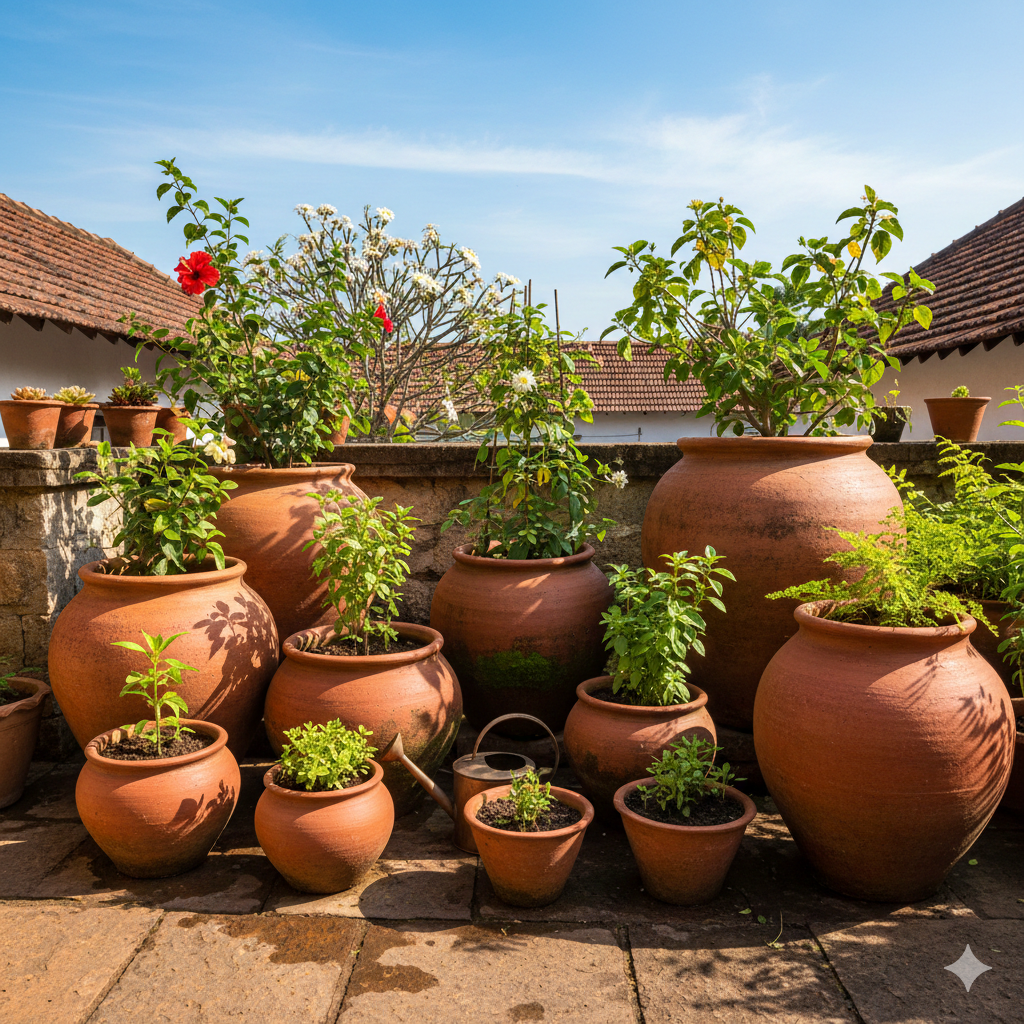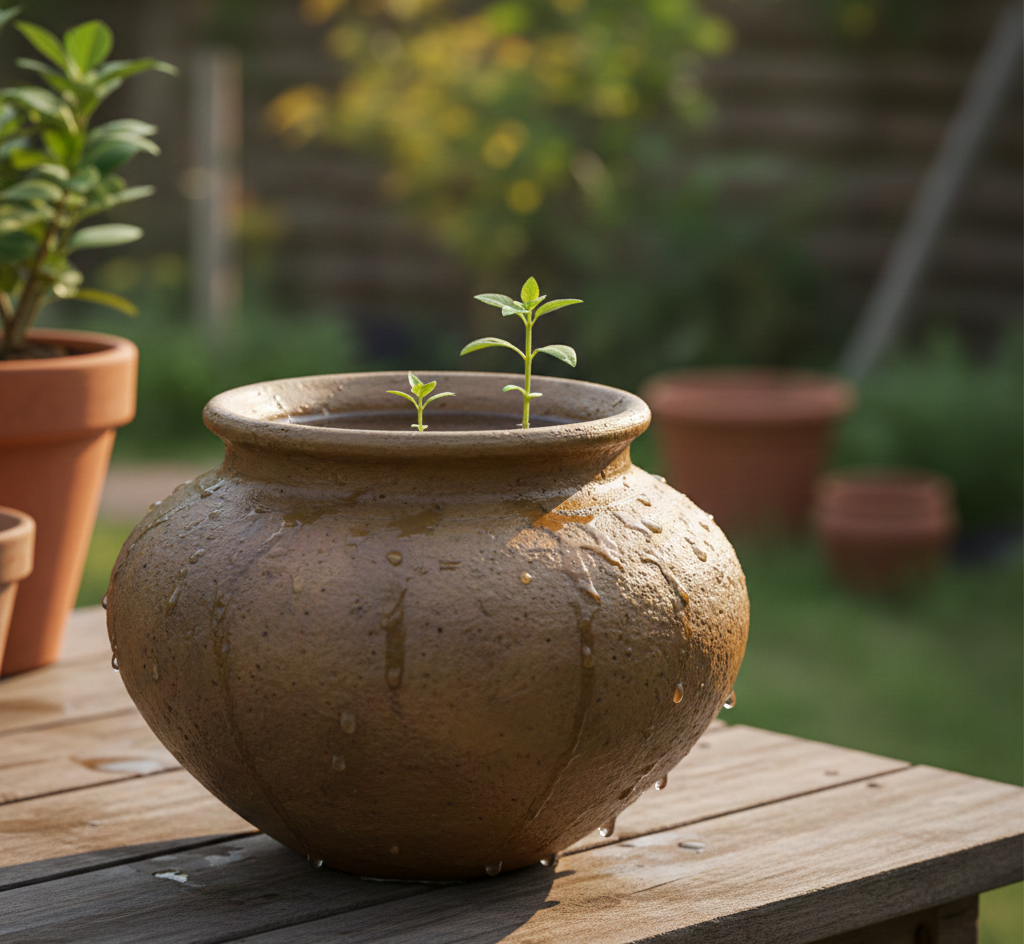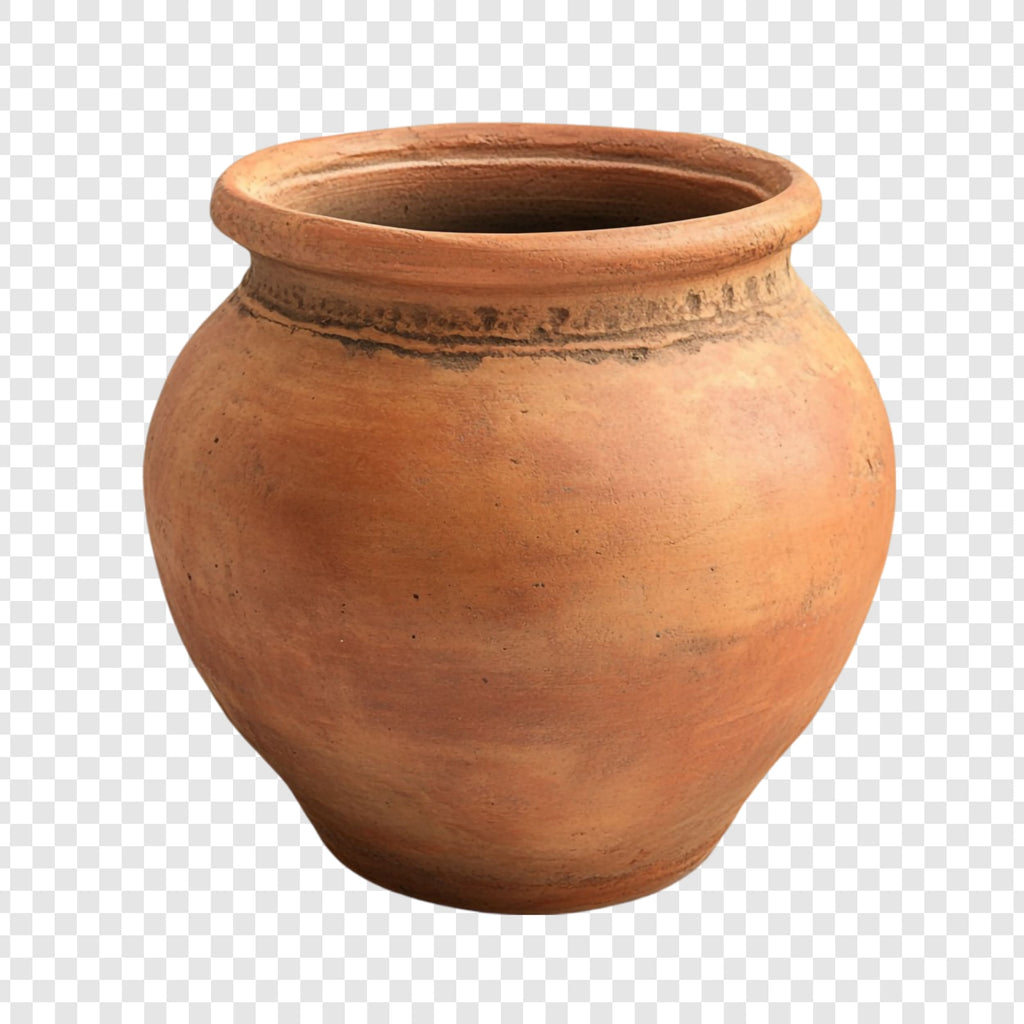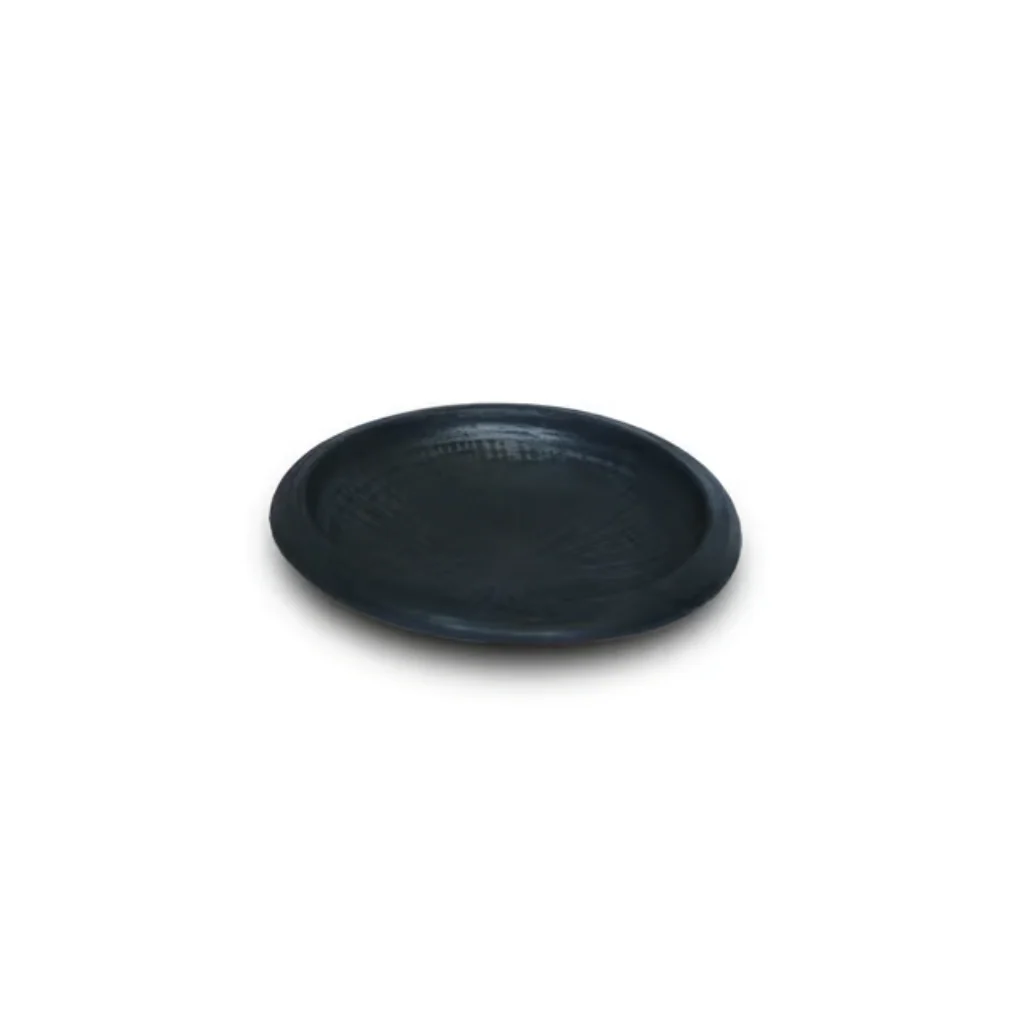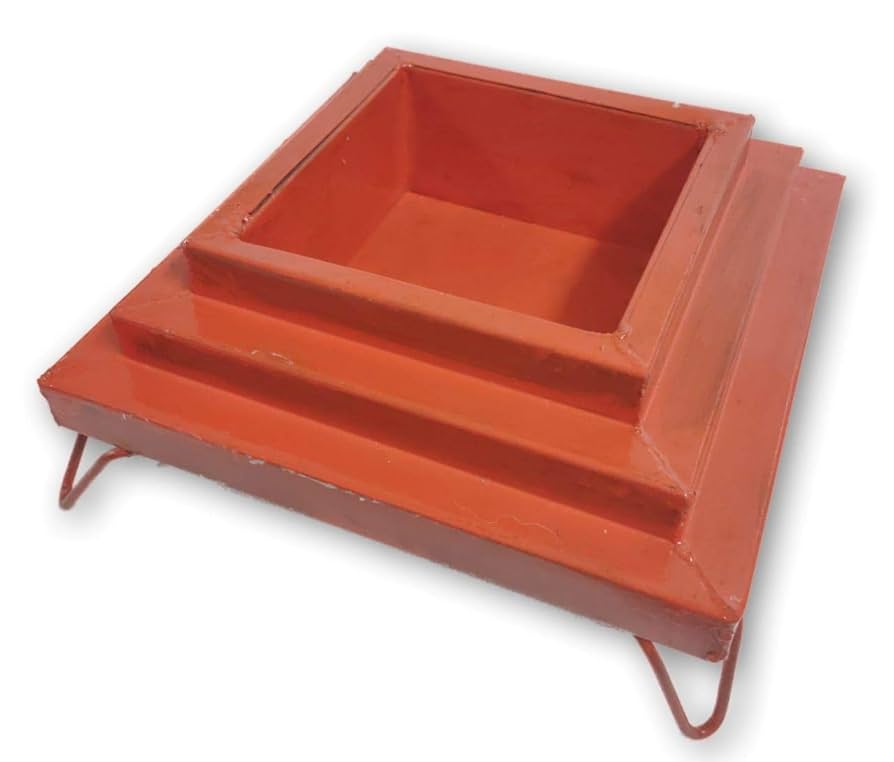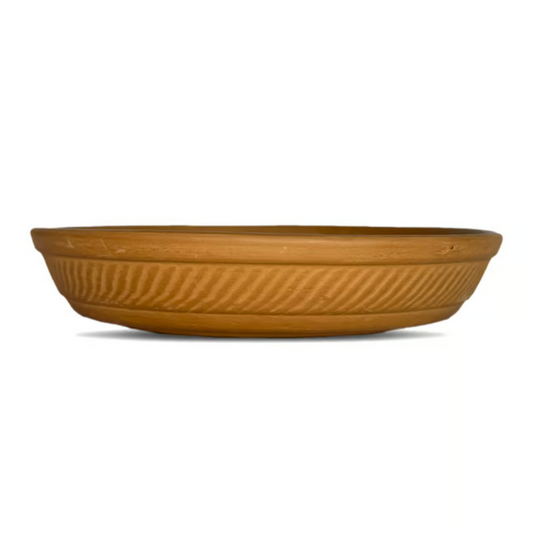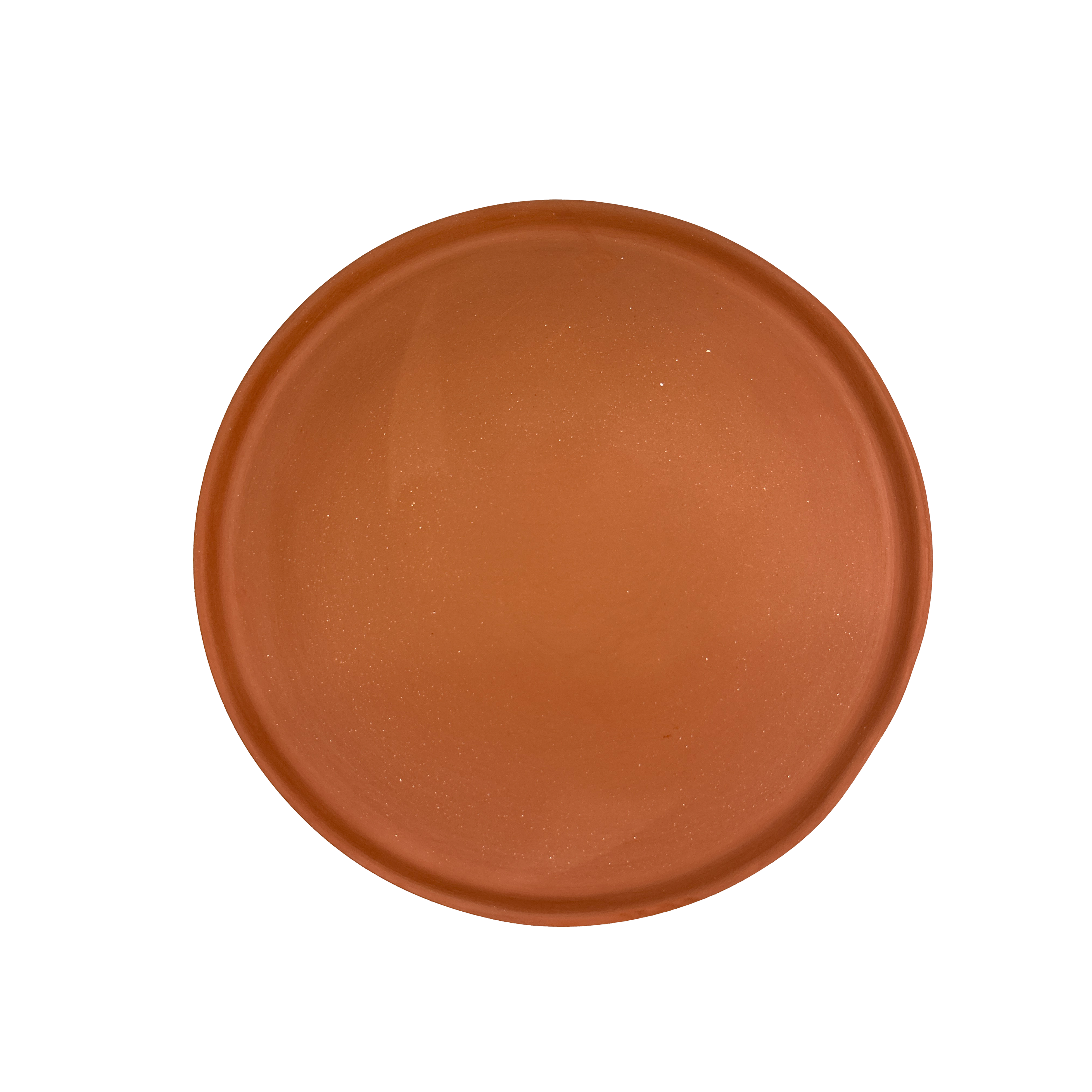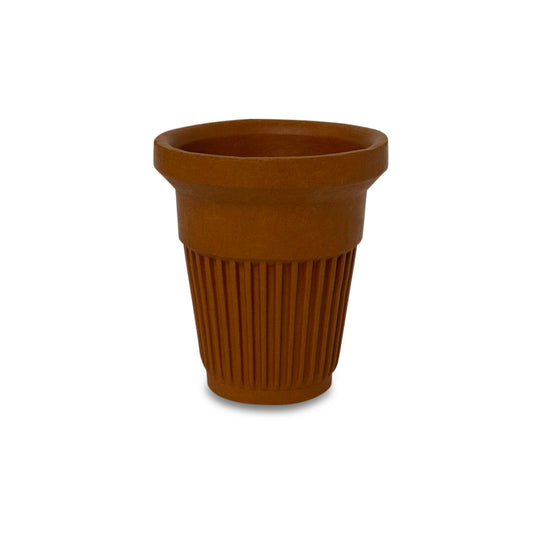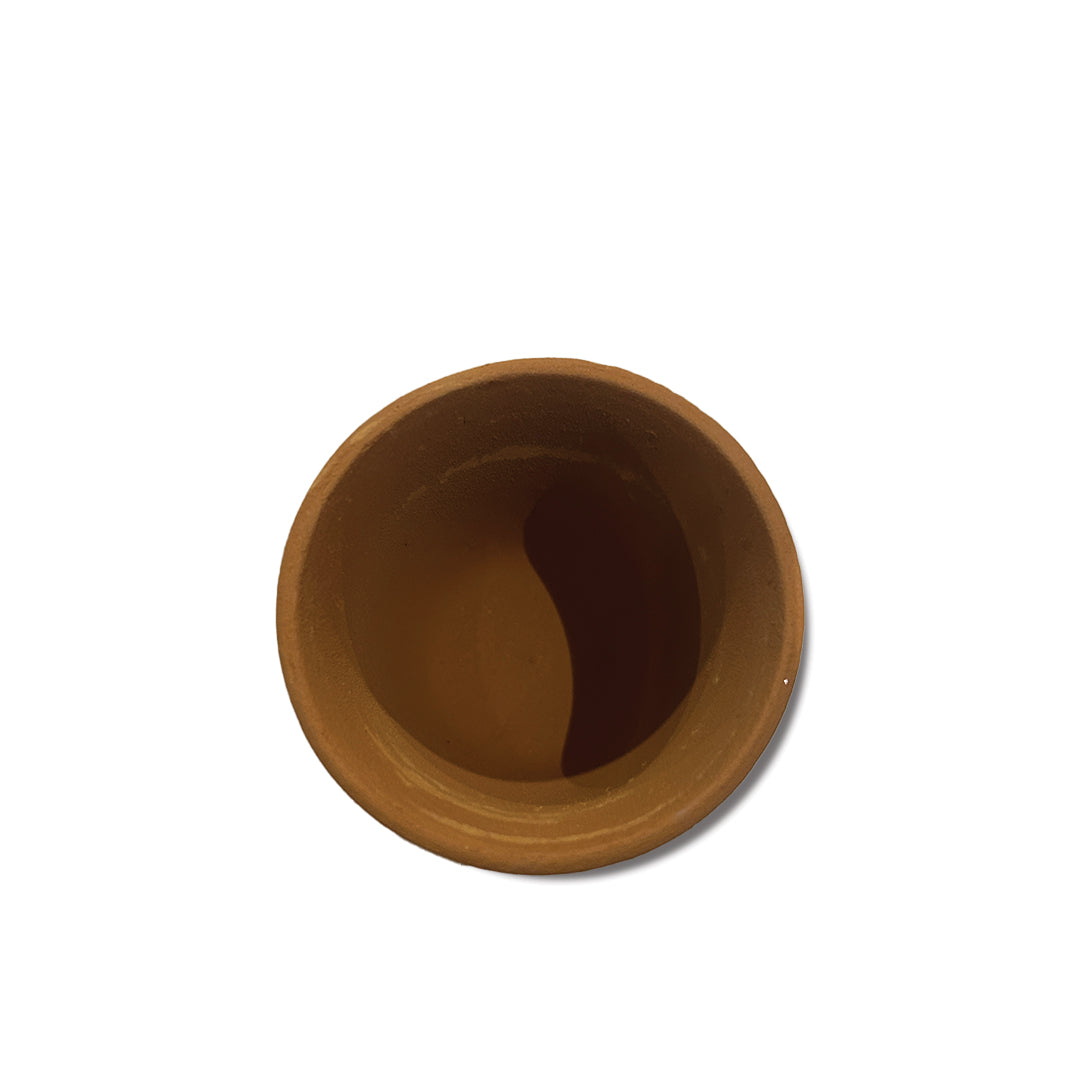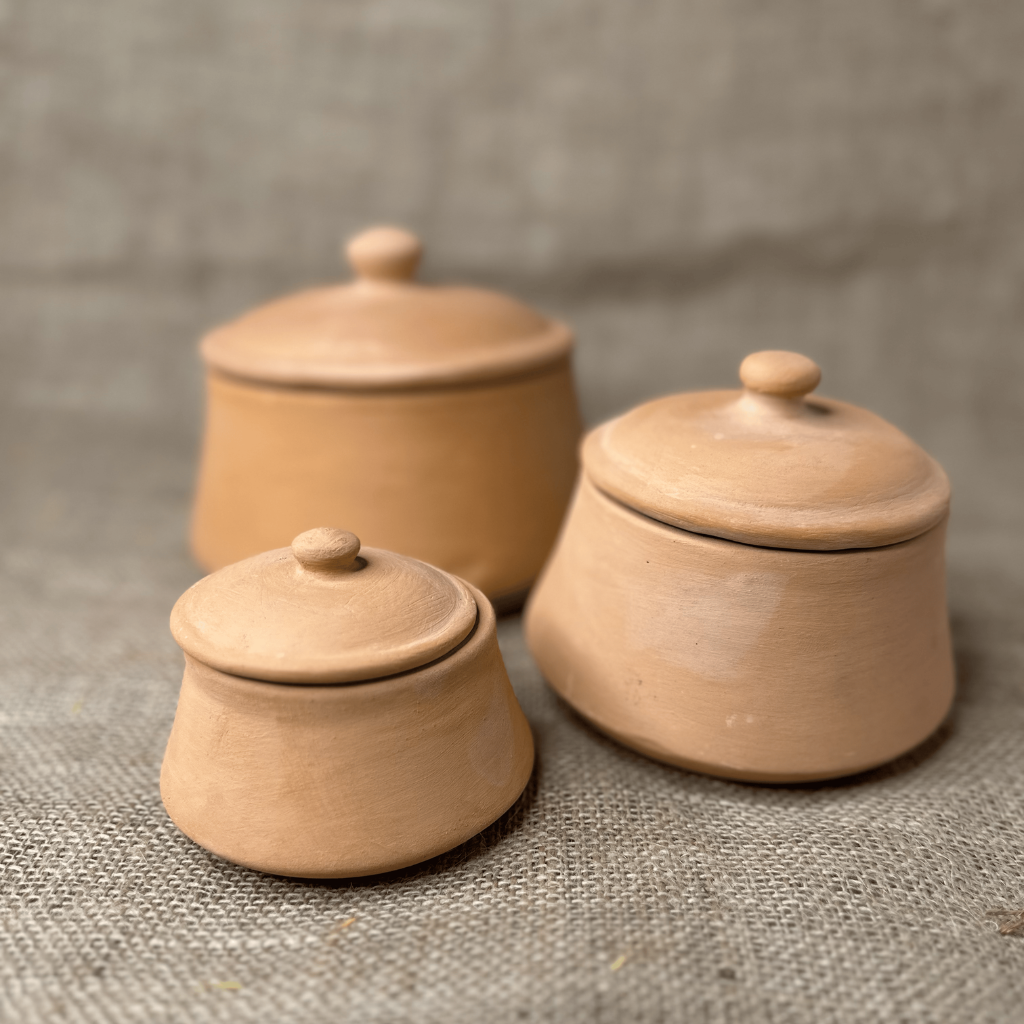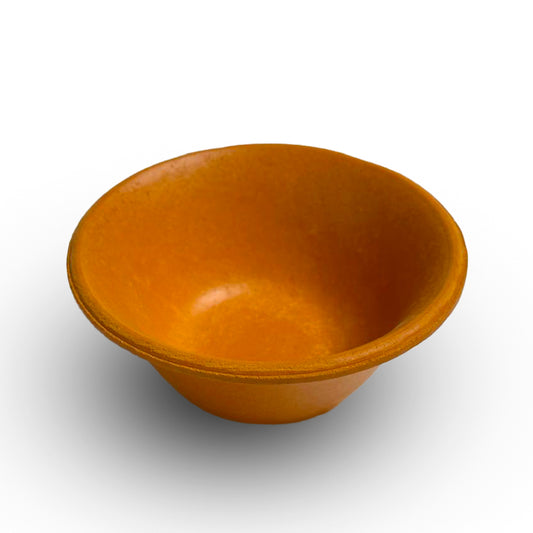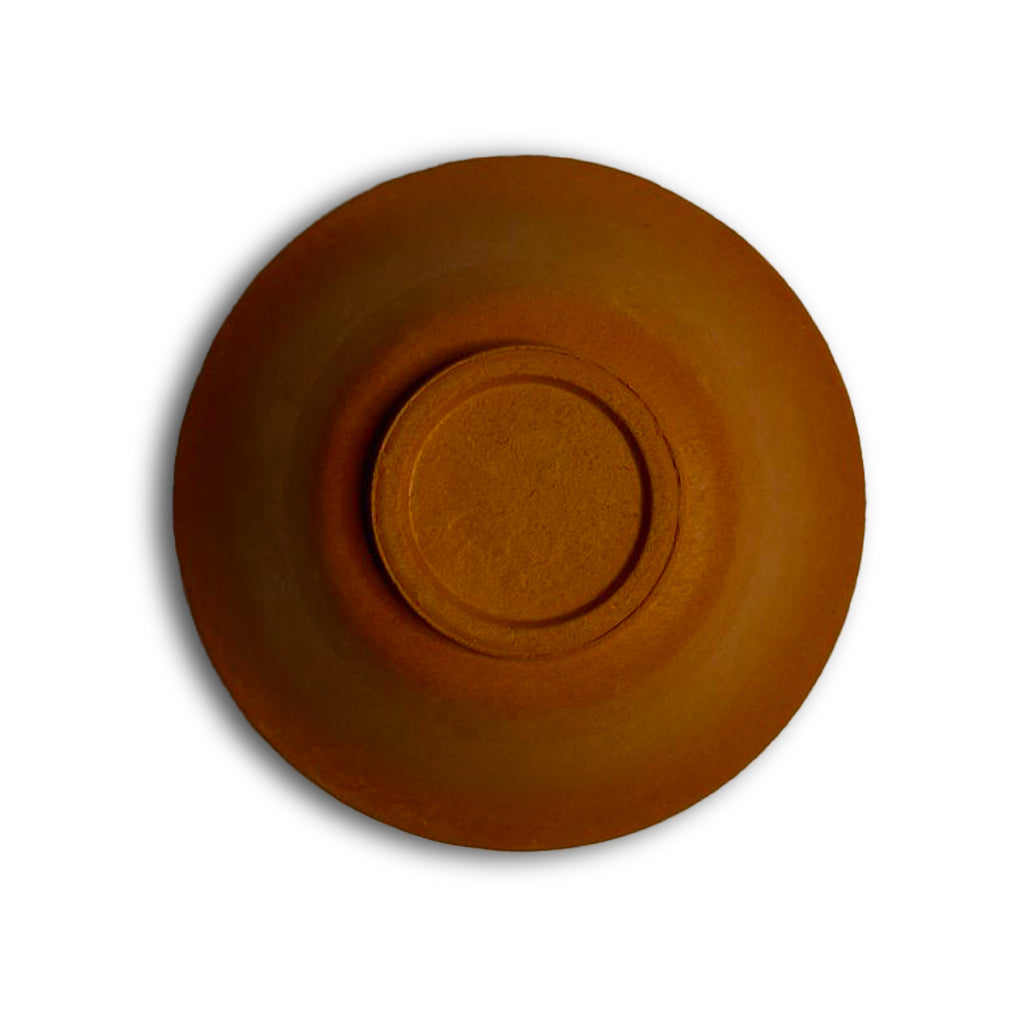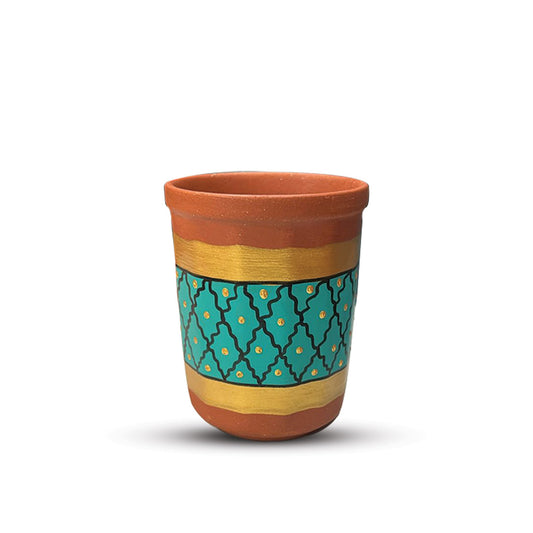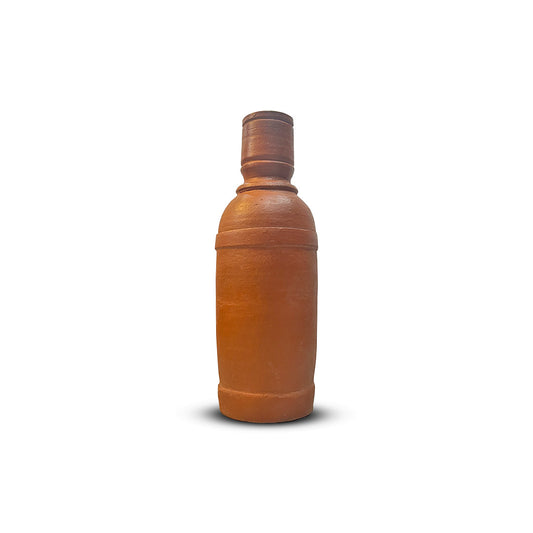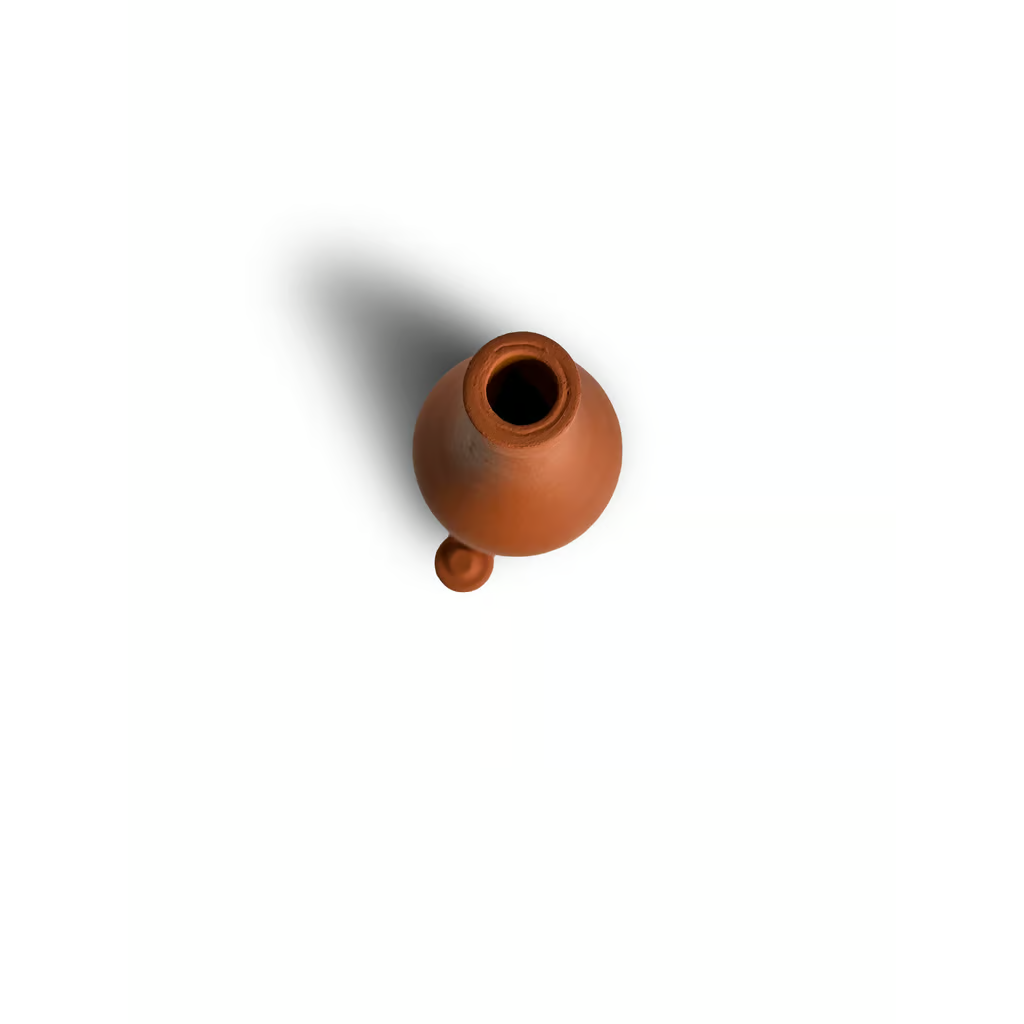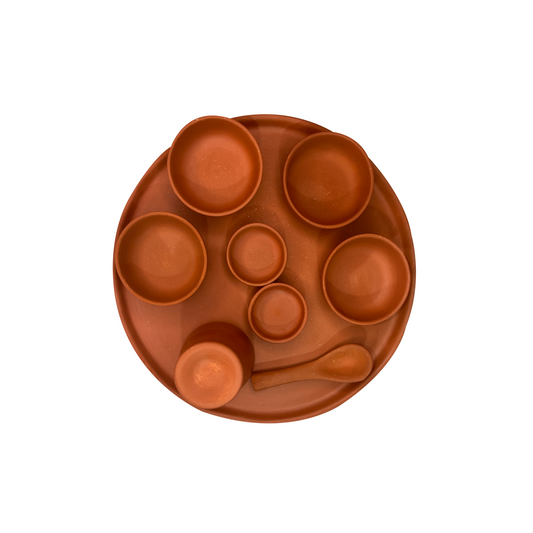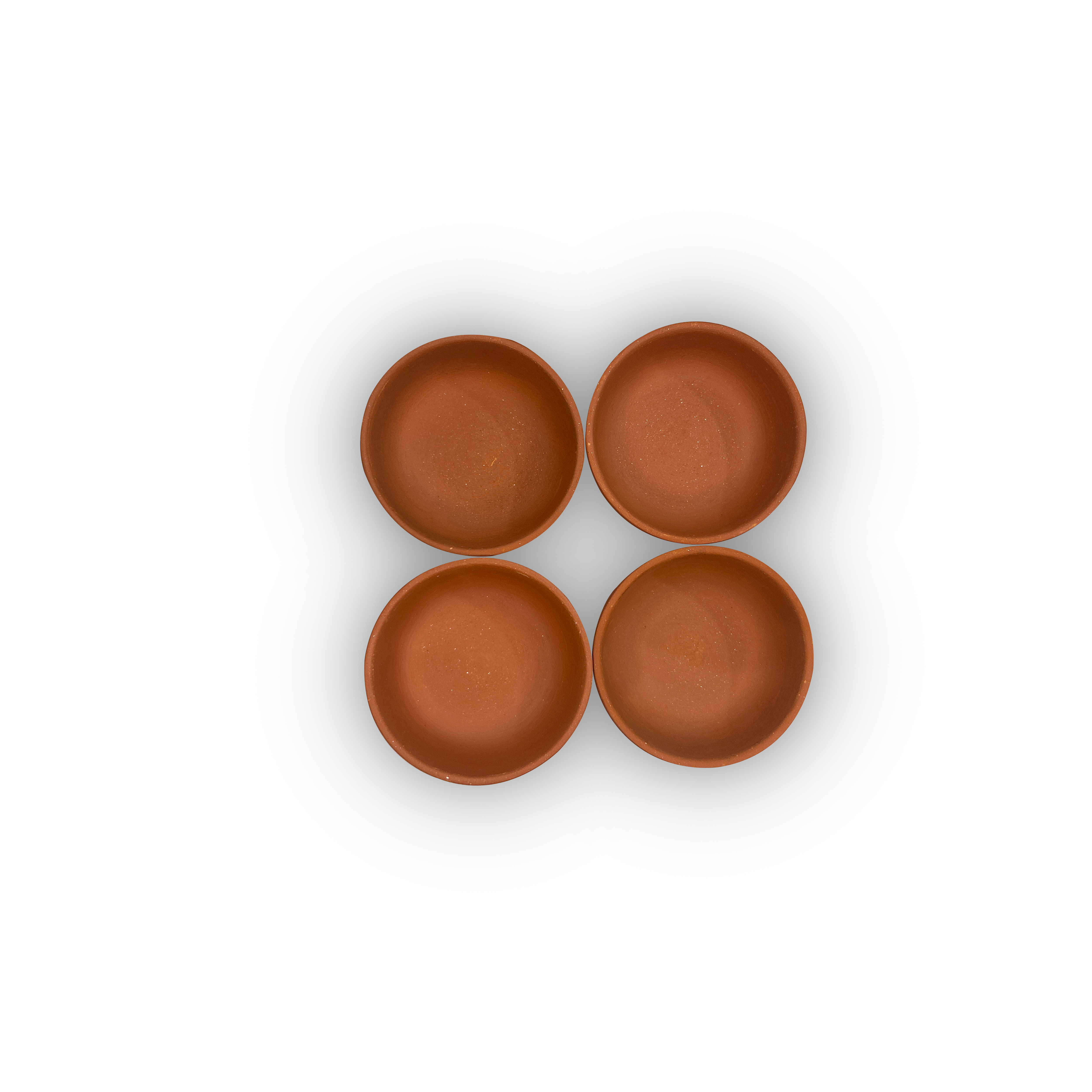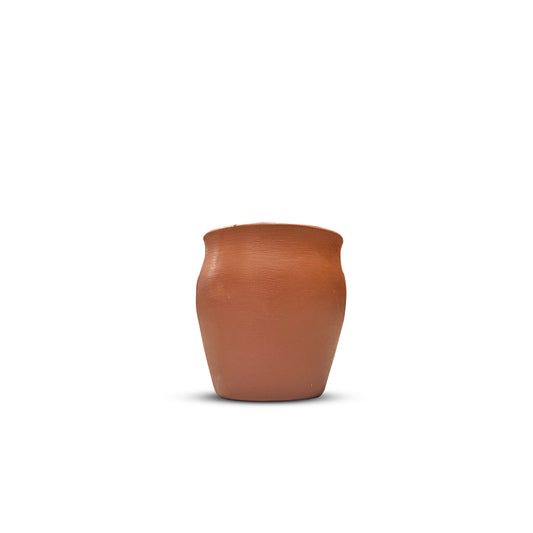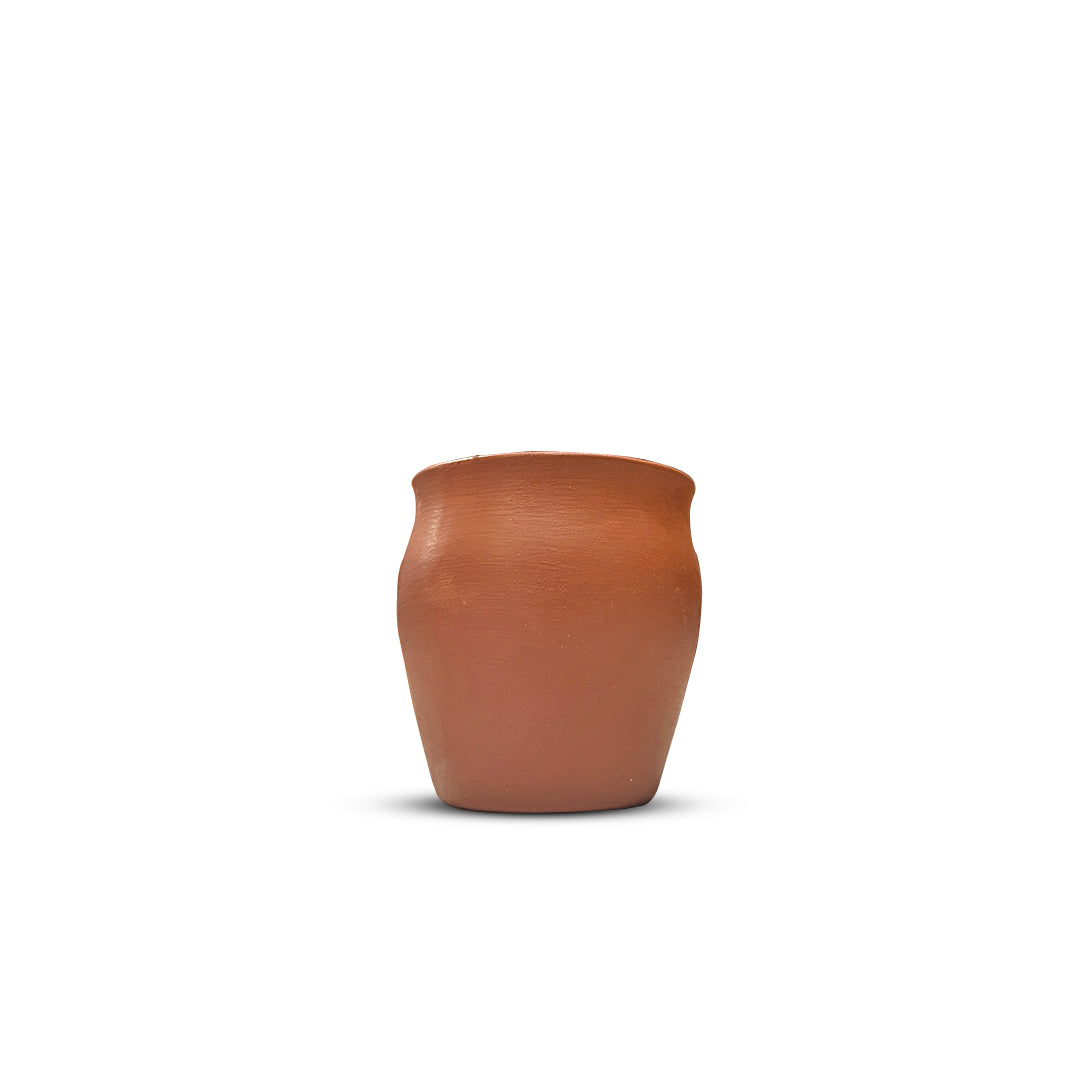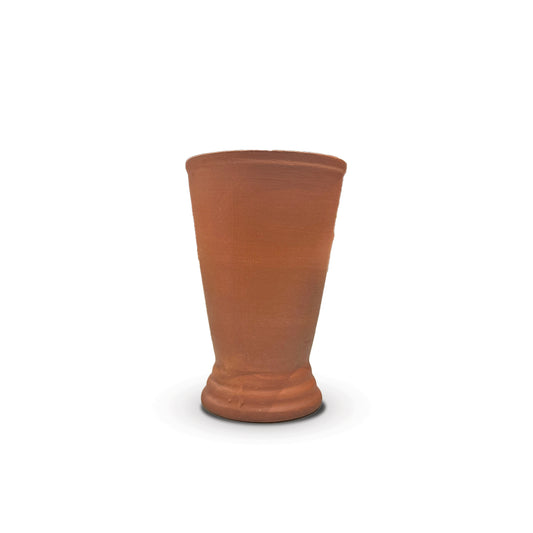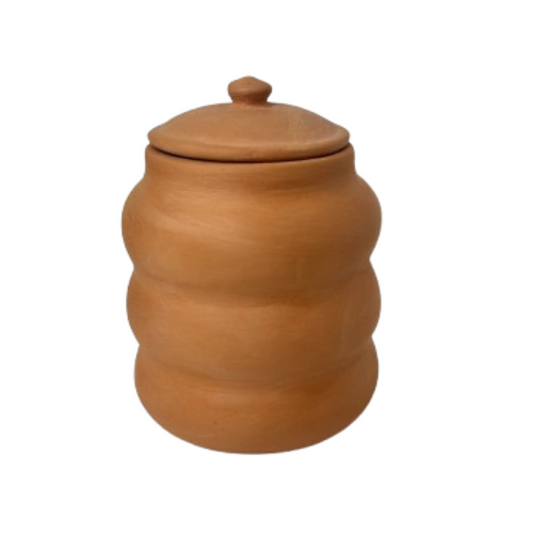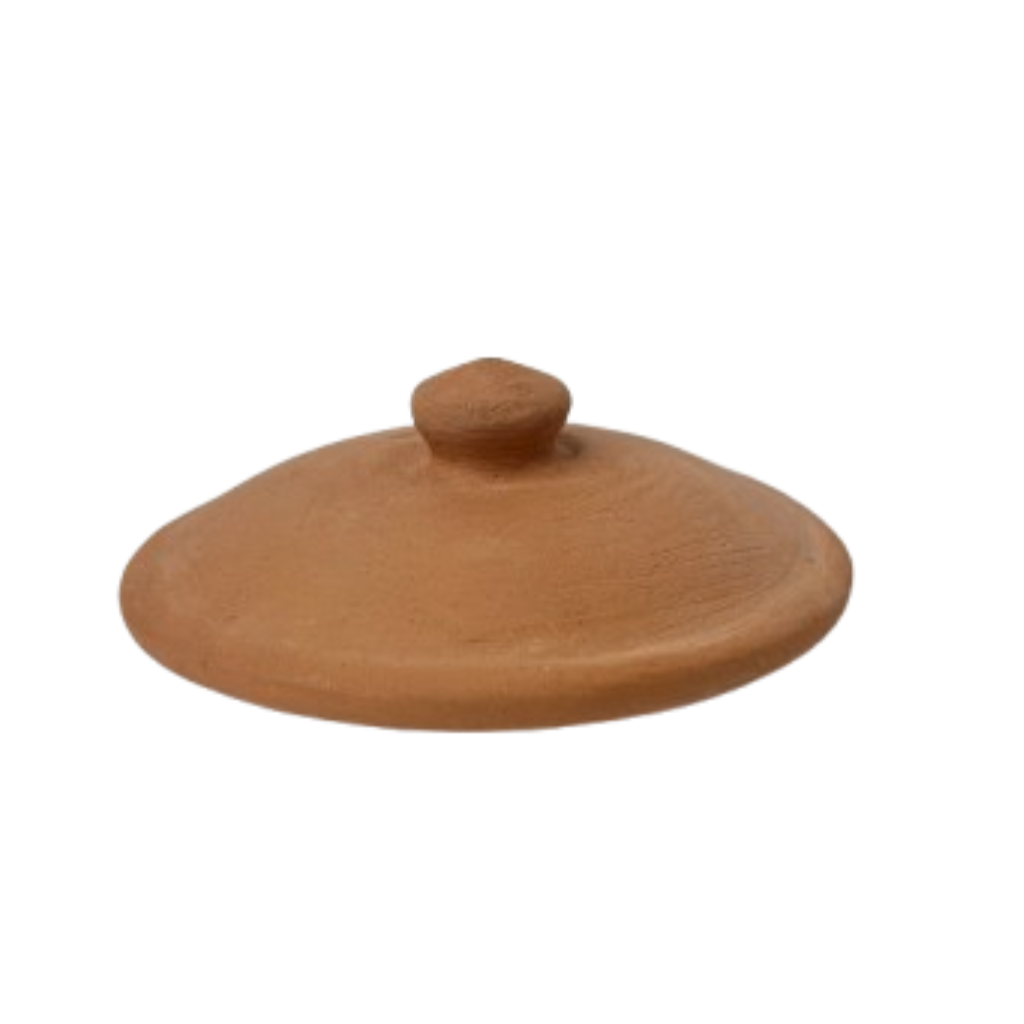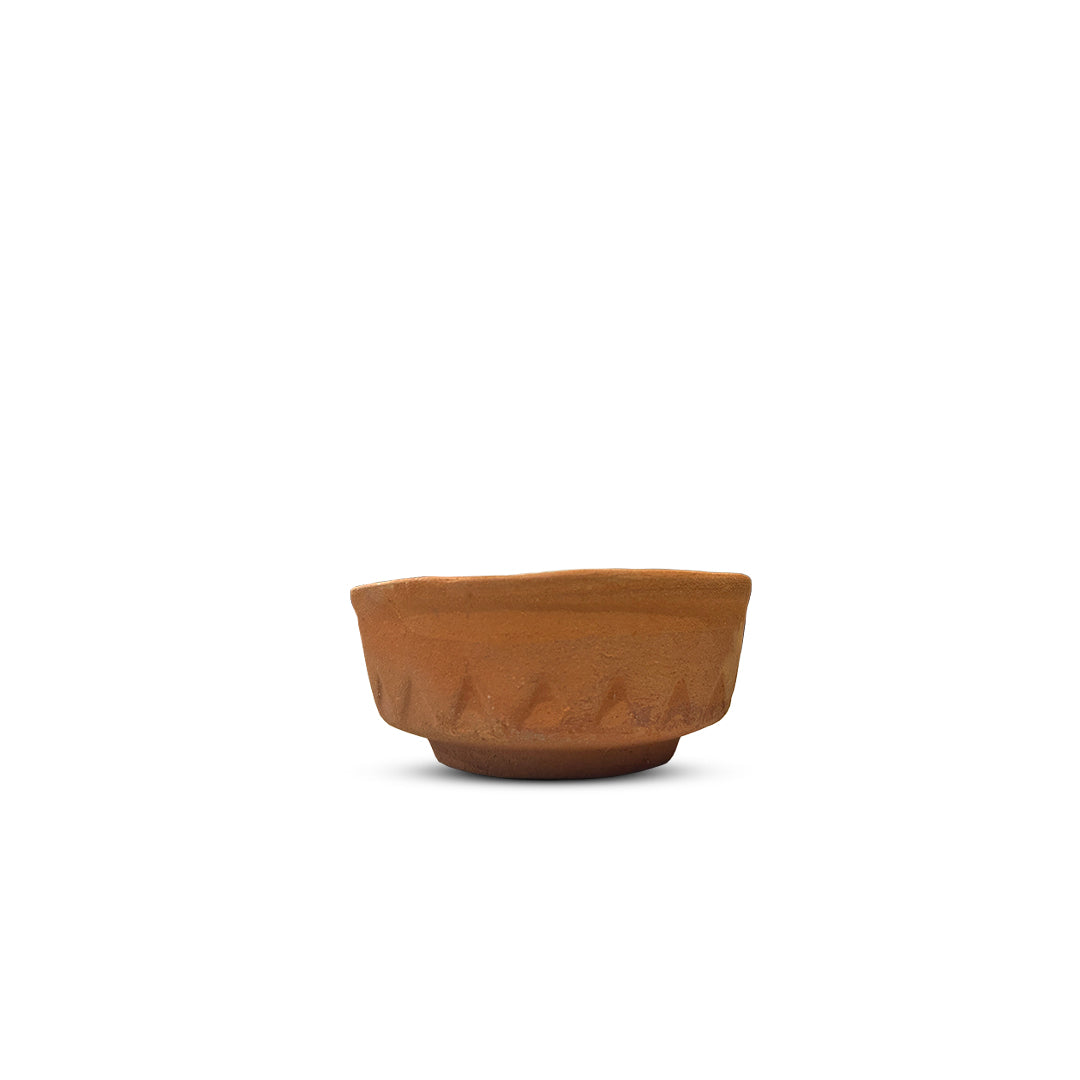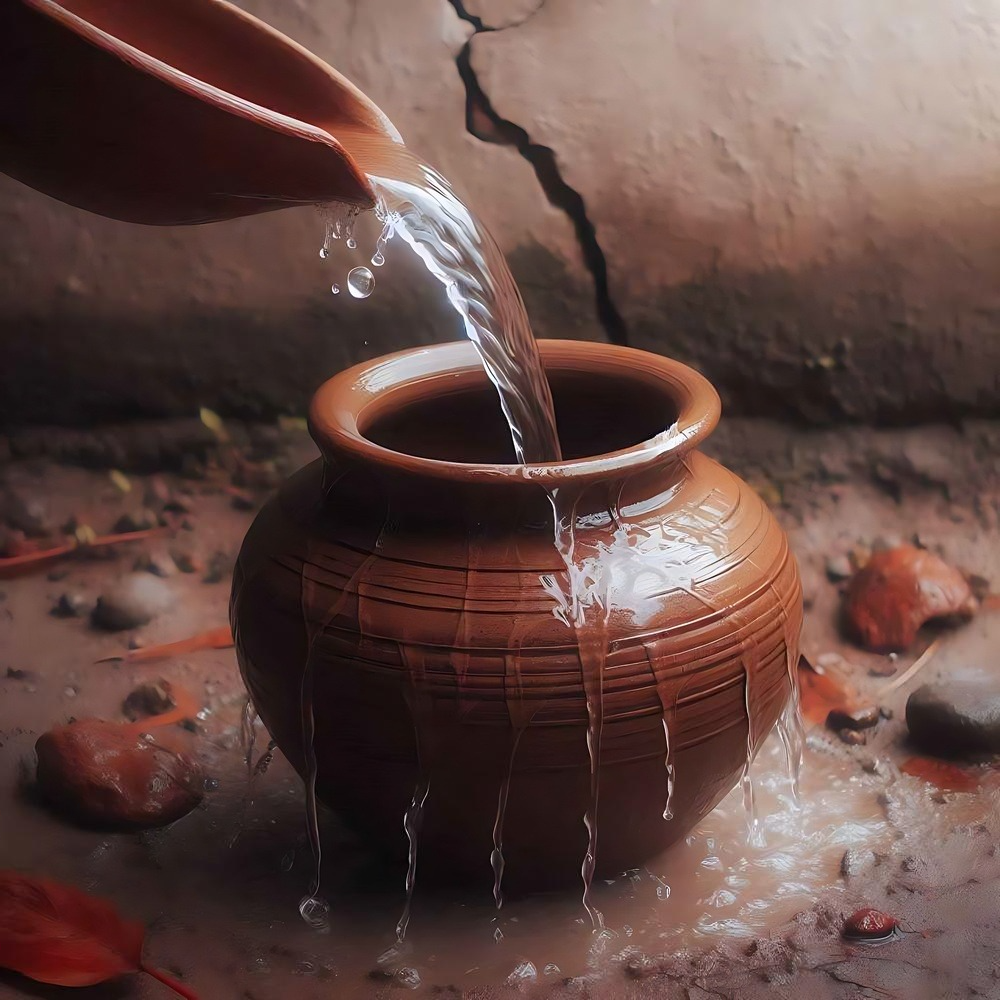
The Science Behind Cooling Water in a Mud Water Pot

In an age where refrigerators dominate our kitchens, the humble mud water pot remains a timeless, eco-friendly alternative for keeping water cool. But have you ever wondered how this age-old earthenware manages to chill water without electricity? The secret lies in science — a fascinating combination of physics, thermodynamics, and nature’s brilliance. Let’s dive into the cool mechanics behind this traditional marvel.
What is a Mud Water Pot?
A mud water pot — also known as a matka or earthen pot — is a vessel made from natural clay, shaped and baked to hold water. It’s been a staple in Indian households for centuries, providing a sustainable way to enjoy cool water, especially during the scorching summer months.
Unlike plastic or metal containers, mud pots are porous, allowing air and water to interact in a unique way, leading to natural cooling. Let’s explore the science behind this phenomenon.
The Science Behind the Cooling Effect
The cooling process in a mud water pot boils down to three core principles: evaporation, heat transfer, and thermal insulation.
1️. Evaporation: Nature’s Cooling Mechanism
The magic starts with the porous nature of the mud pot. These tiny pores allow a small amount of water to seep through the walls and reach the outer surface of the pot.
When this water meets the air, evaporation occurs — a process where liquid water transforms into vapor. This change of state requires energy, and the pot draws this energy in the form of heat from the remaining water inside.
Result: The temperature of the water inside the pot drops, giving you refreshingly cool water.
Fun Fact: This is the same principle that cools your body when you sweat. As sweat evaporates, it absorbs heat from your skin, making you feel cooler.
2️. Heat Transfer: A Balancing Act
Heat naturally flows from warmer areas to cooler ones. In the case of a mud pot:
-
The hot surrounding air tries to warm the water.
-
But the continuous evaporation pulls heat away from the water inside.
This creates a heat imbalance, where the inside of the pot remains cooler than the outside environment — achieving a natural refrigeration effect.
3️. Thermal Insulation: The Clay Advantage
Clay is a poor conductor of heat — which is exactly what makes it so effective at maintaining cool temperatures. The thick, earthy walls of the mud pot act as a thermal insulator, slowing down the heat transfer from the environment to the water.
Moreover, the pot's rounded shape ensures uniform cooling, with no hotspots.
Mineral Enrichment: A Health Bonus
Apart from cooling, mud pots offer an added health advantage. Clay contains natural minerals like calcium, magnesium, and iron, which seep into the water in trace amounts — enhancing its nutritional value.
Additionally, the alkaline nature of clay helps balance the pH level of the water, neutralizing acidity and promoting better digestion.
Why a Mud Water Pot Still Beats Modern Cooling?
|
Feature |
Mud Water Pot |
Refrigerator |
|
Cooling Method |
Natural evaporation |
Electric compressor |
|
Power Consumption |
Zero |
High |
|
Eco-Friendliness |
100% biodegradable |
Harmful refrigerants |
|
Health Benefits |
Mineral-enriched, alkaline water |
None |
|
Portability |
Lightweight, easy to carry |
Fixed, heavy |
|
Cost |
Affordable |
Expensive |
Eco-Friendly Cooling: Good for You, Great for the Planet
The modern world’s reliance on electricity and plastic has created an environmental crisis — from carbon emissions to plastic pollution. By choosing a mud water pot, you’re not just embracing a healthier lifestyle, but also contributing to:
· Reduced carbon footprint: No electricity needed.
· Plastic-free hydration: Say goodbye to plastic bottles.
· Biodegradability: Once broken, the pot returns to the earth.
Choosing the Right Mud Water Pot
When buying a mud water pot, keep these tips in mind:
-
Material: Go for unglazed, natural clay pots — they retain the most cooling power.
-
Size: Choose a size that fits your family’s daily water consumption.
-
Craftsmanship: A well-shaped, evenly baked pot lasts longer.
-
Check for cracks: Ensure the pot has no visible cracks or weak spots.
PS: Before first use, soak the pot in water for 24 hours to season it and enhance cooling efficiency.
Caring for Your Mud Water Pot
To keep your mud water pot in top shape:
-
Wash weekly with warm water and a mild scrub (avoid soap).
-
Air dry in sunlight to prevent mold buildup.
-
Handle with care — it’s breakable!
MUD Water Pot: A Timeless Cooling Companion
The mud water pot is more than just a rustic relic — it’s a testament to the wisdom of ancient science. By harnessing the natural principles of evaporation, heat transfer, and insulation, it cools water efficiently, sustainably, and healthily.
In a world leaning toward eco-conscious living, the mud water pot is making a well-deserved comeback. It’s a reminder that sometimes, the best solutions aren’t the newest — they’re the ones that have stood the test of time.
So, the next time you sip cool water from a clay pot, take a moment to appreciate the ingenious science and earthy goodness behind that refreshing taste.
Looking for an authentic, high-quality mud water pot?
Visit MudKart for a collection of handcrafted clay pots — sustainable, stylish, and steeped in tradition.
Stay cool, stay natural!


